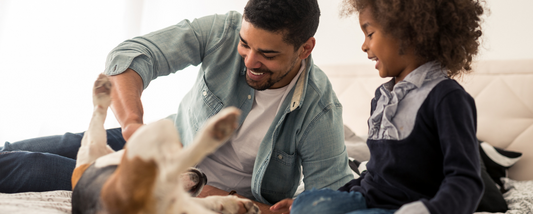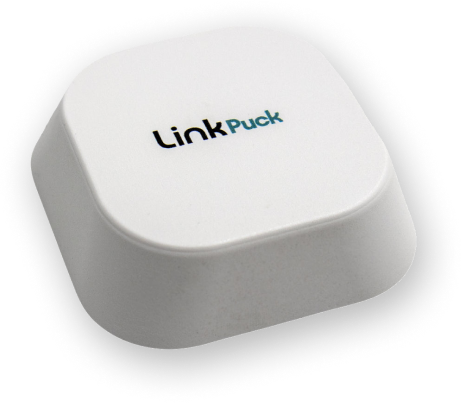It will come as no surprise to pet lovers everywhere that, just like people, the amount of time a dog needs to spend with humans varies depending on each individual pet. Most dogs enjoy more time than not with their humans but leaving them home alone doesn’t mean you’re a bad person! Most people wonder how long can my dog be left alone?
Read on to learn how long is too long and tips for making your pup’s home alone time safe and stress-free.
Keeping a Schedule
Dogs require a schedule, and you’ve probably gotten used to arranging work hours, social outings, and errands to accommodate their needs. If you’re like most dog owners, you might even skip a fun time out now and then so to not leave your pup home alone.
The biggest routines in a dog’s life are potty breaks and exercise:
-
Experts tend to agree that dogs generally need to pee between 3 and 5 times per day, but it varies from dog to dog and breed to breed. Puppies and seniors usually need more frequent breaks. And if your pooch is feeling anxious, the need to head outdoors can increase proportionately. The important thing to keep in mind is that if a dog is forced to hold its urine for too long there’s a risk of urinary tract infections, crystals, or stones. Plus, it’s uncomfortable! As a rule, try to provide a break every 4 to 6 hours.
- No matter what your dog’s age and fitness level, daily physical activity helps her or him stay healthy, burn calories, avoid boredom, and more easily digest meals. Nearly every dog needs some moderate scheduled activity a couple times a day. Sixty minutes of a day is a good goal, but it doesn’t have to be in one outing. Twenty to 30 minutes of light activity before leaving your pet alone for a longer period is usually beneficial.
If your pet appears anxious or is destructive while left alone, more frequent and intense exercises is a good first remedy to try.
How Long is Too Long Left Alone?
Instead of focusing on the hours, look to your dog’s behaviors. For example, there is a difference between isolation distress and separation anxiety. Constant companionship is a not a necessity for most pets, but isolating remedies like being tied up or in a crate all day can be incredibly stressful for dogs.
Most professionals recommend no more than 6 to 8 hours alone, but on the occasions it’s unavoidable there are steps you can take to keep your dog calm:
- Consider doggy daycare where your pup will get the attention they need and probably get to interact with other dogs.
- Hire a dog walker to cover daily basic needs.
- Ask a relative, friend, or neighbor to help now and then.
Finally, know what to look for that indicates your dog is struggling with being left alone: barking more often, destroying household items, urinating in the home, increased pacing, and trying to escape the crate are all good signs your pet may benefit from some routine changes.
A visit to the vet is always a terrific way to find out what your dog is experiencing and to learn ways to deal with its separation anxiety and other behaviors.





